Most businesses treat SEO as a numbers game — more clicks, more pages, more keywords. But at The Brand Loom, we know visibility alone doesn’t pay the bills. A real SEO strategy connects traffic to qualified leads, and leads to measurable revenue.
If your SEO isn’t driving pipeline growth, it’s time for a blueprint that does.
1. Start With a Full-Funnel Mindset
Effective SEO begins by understanding your customer’s entire journey. Every keyword, page, and piece of content should serve a purpose: attract, educate, and convert.
At The Brand Loom, we map SEO goals to three key stages:
- Top of Funnel (TOFU): Awareness and education content.
- Middle of Funnel (MOFU): Comparison and trust-building.
- Bottom of Funnel (BOFU): Conversion-focused pages and CTAs.
When SEO is planned this way, every search query becomes a sales opportunity.
2. Diagnose Before You Build
Before optimizing, diagnose what’s broken. Technical issues like slow load times, thin content, and poor indexing can bury even the best strategy.
Our SEO audits uncover:
- Crawl errors and index gaps
- Keyword cannibalization
- Missing schema and metadata
- Weak internal linking
Once the foundation is clean, growth compounds faster — without wasted spend.
3. Data-Driven Keyword Mapping
Instead of chasing keywords with high volume, focus on intent. What is the user trying to accomplish?
We use search data to identify content opportunities that match buying intent, not just curiosity. The result? More qualified traffic and higher conversion rates.
4. Align Content With Conversions
Your content isn’t just for rankings — it’s for revenue. By pairing each article or landing page with a relevant conversion goal, we turn readers into leads.
Examples:
- Blog → Downloadable resource
- Guide → Email opt-in
- Service page → Book a call
When strategy meets intent, SEO becomes a predictable lead engine.
5. Measure, Improve, Repeat
SEO doesn’t end at publishing — it compounds with iteration.
At The Brand Loom, our dashboards track what matters: traffic quality, conversion rate, and ROI over time. Every quarter, we adjust strategy based on results.
Conclusion
The best SEO strategies aren’t static — they’re living systems that evolve with your business.
If you’re ready to turn your traffic into revenue, start with a clear roadmap.



